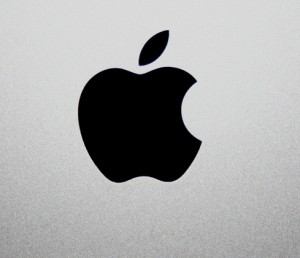
We read an interview the other day with Kid Rock.
He said something like I’m not just rich, I’m loaded.
Oof … that hits home with a telling statement.
Well, it does say something for not doing things half-way.
Maybe if Steve Jobs was with us he’d fine-tune that and say ‘half-assed’.
Sadly, half-assed describes more than a few efforts when it comes to marketing and advertising.
We’re talking about emails, Websites and online ads that have all the power of a strong general anesthetic.
It’s work the office intern wouldn’t own up to.
More’s the pity.
Because as Kid Rock might remind us, when you go all out and get it right, it pays off in a big way.
You can put that down to the fact that effective creative work usually comes with an emotional appeal.
When that appeal is at it’s height — when it lifts you to the level of elation — the Japanese have an expression for it.
They say, ‘waku waku doki doki’.
Sounds comedic, doesn’t it? But it’s no leg-pull.
It translates as ‘excitement that sets your heart aflutter with anticipation’.
In our part of the world, the last time we experienced that was with a friend on the morning of her wedding day.
She was all-aflutter. ‘A wonderful madness’ is how her sister described it.
Imagine being able to inject a bit of that emotion into the customers for your products or services.
That’s Toyota’s aim, so why shouldn’t it be yours as well.

In a recent speech, the President of Toyota, Akio Toyoda, said a car must appeal deeply to our emotions.
Nothing new about that.
But he went further.
He used the ‘waku waku doki doki’ expression to describe the level of cars his designers and engineers are intent on producing.
A lofty ambition, but if you aim lower there’s every chance you’ll end up lower.
Another company, Oculus Rift, has its sights set higher with an advanced virtual reality headset for 3D gaming.
It must have caused Mark Zuckerberg’s heart to go all aflutter.
Because after trying it he bought the company for $2 billion.
To set your heart aflutter, there’s Hyperloop Technologies, as unveiled by Elon Musk.
They’re developing a ground transportation system to whisk you from Los Angeles to San Francisco in 35 minutes.
For want of a better description, think of it as a ‘rail gun’ where your transport capsule is the bullet. http://bit.ly/1rGKFRI
Thanks to technology the gap between ‘what’s ordinary’ and ‘what’s fantastic’ is closing.
But as narrow as that gap has become, it’s impossible to bridge without big ideas.
That’s a thought that should encourage you to reassess your marketing efforts and set your creative sights higher.
That way you can leave all the half-assed emails, Web work and content to those who deserve it.
Your competitors.
Share with us. Leave your comment below. Thanks for reading Whybetonto.com. Regards, Steve Ulin LinkedIn: http://linkd.in/1Bey3Jl

